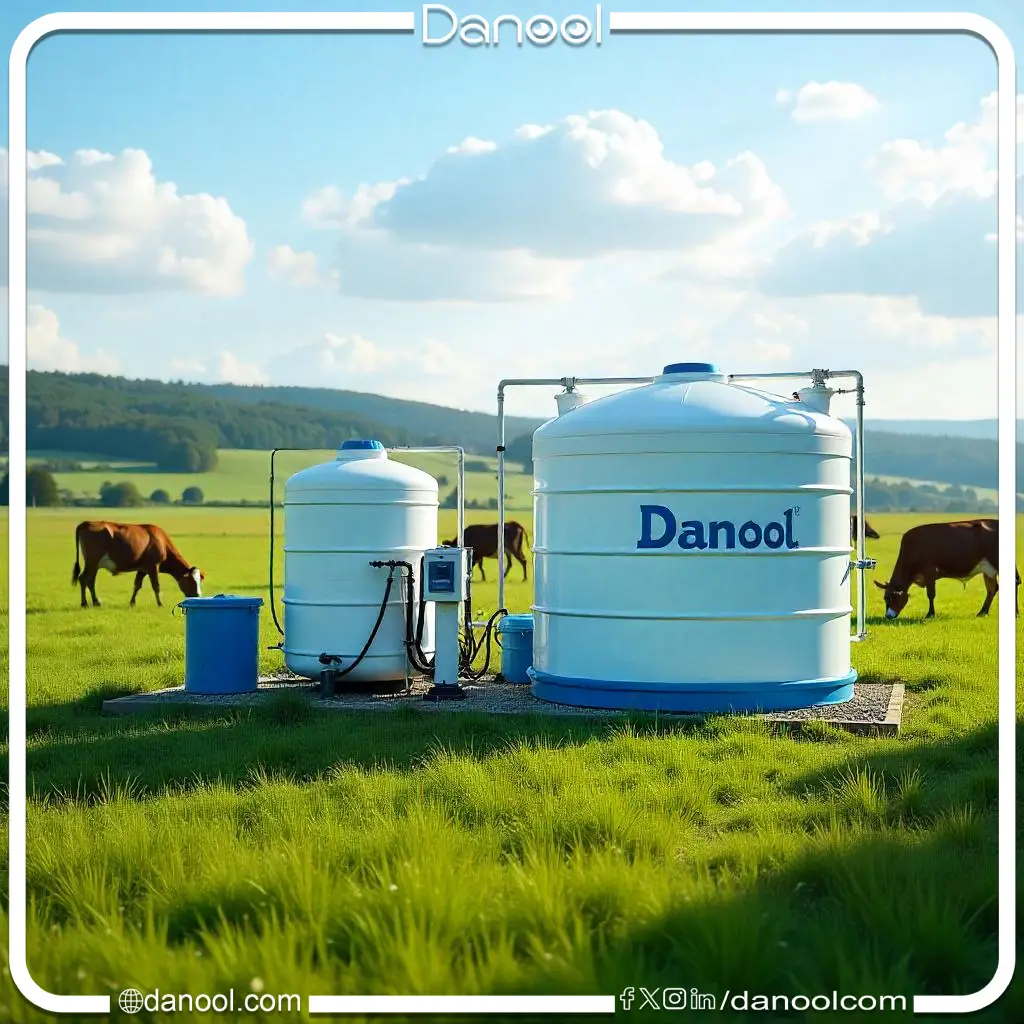Pure water is one of the most important factors affecting cooking quality and family health. Using home water filters provides a practical solution to improve water quality and ensure its safety. In this article, we will discuss the importance of home water filters for healthy cooking, their various benefits, and offer a comparison between filter types and costs to help you choose the most suitable one.
First: Why do we need pure water in cooking?
- Improving cooking quality:
Pure water adds a distinct natural flavor to food and beverages, while contaminated water can negatively affect taste and smell. - Protecting public health:
Unfiltered water may contain impurities, bacteria, and parasites that can cause diseases such as diarrhea and gastrointestinal infections. - Reducing sediment buildup:
Water filled with salts and minerals leads to sediment buildup in pots and cooking appliances, reducing their efficiency and lifespan.
Secondly: Benefits of home water filters for healthy cooking
- Removal of contaminants and impurities:
Filters help remove solid sediments, heavy metals, and bacteria, making the water safe and healthy. - Improving the quality of beverages:
When using filtered water, beverages like tea and coffee are clearer and more flavorful. - Reducing energy consumption:
Pure water heats up quickly, reducing cooking time and energy consumption. - Reducing long-term costs:
Buying a water filter reduces the need for bottled water purchases and protects the environment from plastic pollution.

Third: Comparison between types of home water filters and their costs
| Type of filter | How it works | Its advantages | Its disadvantages | Approximate cost |
|---|---|---|---|---|
| Activated carbon filter: | Removes chlorine and organic impurities | Improves taste and odor, cost-effective | Does not remove salts and heavy metals | Low to moderate |
| Reverse Osmosis (RO) filter (RO) | Removes salts, heavy metals, and small contaminants | Purifies water to a very high degree | Consumes large amounts of water | Moderate to high |
| Ultraviolet (UV) systems (UV) | Kills bacteria and parasites using UV rays | Effective against microorganisms | Does not remove solid impurities or salts | Medium |
| Multi-stage filter | Combines multiple technologies such as carbon and reverse osmosis | Provides comprehensive purification, significantly improves water quality | Relatively expensive and requires regular maintenance | Very high |
Fourth: Tips for choosing the right filter
- Identify your needs
Conduct a water analysis to identify the types of contaminants that need to be removed. - Your budget
Choose a filter that suits your daily needs and budget. - Ease of installation and maintenance
Make sure to choose a filter that is easy to maintain and does not require high maintenance costs. - Compatibility with the kitchen
Make sure that the size of the filter is suitable for the kitchen space and does not interfere with the use of other appliances.
Conclusion
Using home water filters for cooking is not just an improvement in food quality, but an investment in family health and quality of life. Choosing the right filter depends on your individual needs and budget. Be sure to maintain the filter regularly to ensure its continued effectiveness and enjoy pure, healthy water daily.

